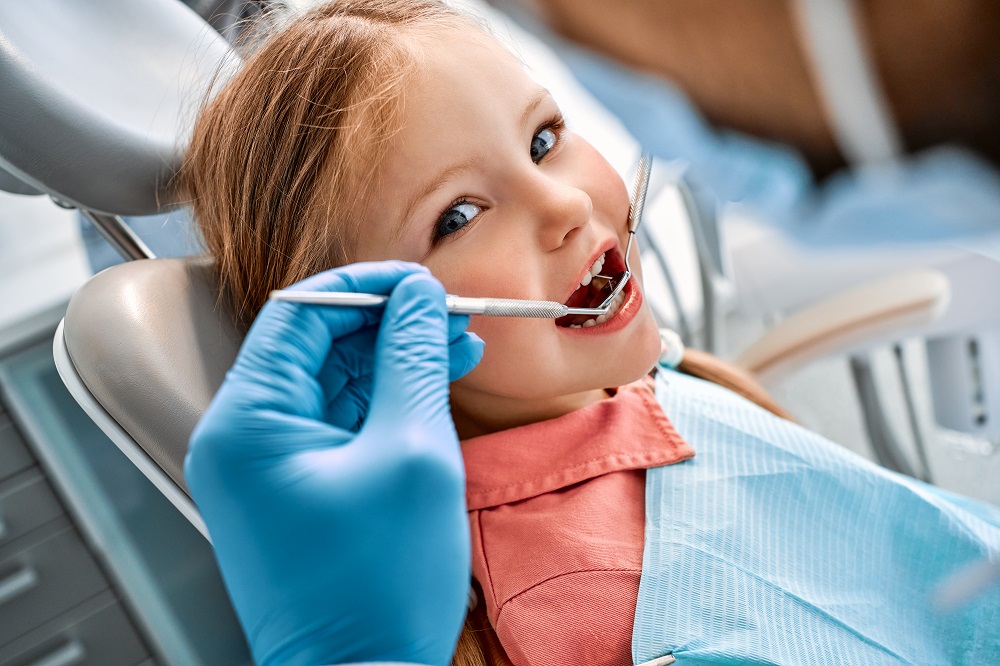Orthodontic treatment serves as a transformative pathway to correct misaligned teeth and jaws, transcending the pursuit of a beautiful smile to encompass a profound impact on oral health and overall well-being.
In this comprehensive guide, we delve into the intricacies of orthodontic treatment, shedding light on what to expect, how to manage potential discomfort, and the essential steps to prepare for this transformative journey.
Understanding Orthodontic Care
Orthodontic care is a specialized branch of dentistry that focuses on the diagnosis, prevention, and treatment of dental and facial irregularities. This field is dedicated to correcting misaligned teeth and jaws, ultimately improving oral health and overall well-being.
The importance of orthodontic care lies in its ability to address various issues such as overcrowded or crooked teeth, overbites, underbites, and incorrect jaw position. By doing so, orthodontic treatment not only enhances the functionality of the teeth and jaws but also contributes to an individual’s quality of life.
If you are looking for an orthodontist in Woodbridge, VA, to help address these concerns, Kumra Orthodontics is an excellent choice. Their team of skilled professionals, led by renowned specialists, provides tailored treatment plans to meet the unique needs and goals of each patient. With Kumra Orthodontics, you can embark on a journey toward a healthier, more attractive smile with confidence.
Benefits of Orthodontic Treatment
Orthodontic treatment offers a myriad of benefits that extend far beyond just the cosmetic enhancement of one’s smile. Here are some key advantages:
Improved Oral Health
One of the primary benefits of orthodontic treatment is the improvement of oral health. Misaligned teeth can create difficulties in maintaining proper oral hygiene, leading to an increased risk of tooth decay, gum disease, and other oral health issues. By aligning the teeth and jaws, orthodontic care facilitates better oral hygiene practices, ultimately reducing the likelihood of dental problems. Patients seeking a discreet and convenient option should learn more about the invisalign aligners process to understand how it can straighten teeth without traditional braces. This modern approach offers both aesthetic appeal and practical benefits, making it a popular choice for teens and adults alike.
Enhanced Aesthetics and Self-Confidence
Orthodontic treatment can significantly enhance the aesthetics of a person’s smile, leading to improved self-confidence and self-esteem. Straighter teeth and a properly aligned jaw contribute to a more attractive smile, positively impacting social interactions and overall well-being.
Better Overall Health
Beyond oral health and aesthetics, orthodontic treatment can also contribute to better overall health. Properly aligned teeth and jaws can aid in improved digestion, speech, and even breathing. Additionally, addressing dental irregularities through orthodontic care can alleviate issues such as headaches, neck, and shoulder pain that may result from misaligned bite or jaw problems.
What are the Risk Factors of Orthodontic Treatment?
While orthodontic treatment offers numerous benefits, it’s essential to be aware of potential risks and considerations associated with the process. Some individuals may experience temporary discomfort or soreness during the initial stages of treatment. In rare cases, there may be risks of tooth decay, gum disease, or alveolar bone loss (periodontitis) if proper oral hygiene practices are not maintained during treatment.
Before undergoing orthodontic treatment, individuals should consider factors such as treatment duration, maintenance requirements, and potential lifestyle adjustments. It’s crucial to consult with a qualified orthodontic professional to understand the specific considerations related to individual treatment plans.
Types of Orthodontic Treatments
Orthodontic treatment options have evolved significantly, offering diverse choices to address different needs and preferences. Traditional braces, consisting of metal brackets and wires, remain a popular choice for comprehensive orthodontic correction.
In recent years, Invisalign became prominent due to their discreet and removable nature, making them a preferred option for many individuals in the United States.
Other orthodontic treatment options include lingual braces, ceramic braces, and self-ligating braces, each catering to specific requirements and aesthetic preferences.
Orthodontic Care for Different Age Groups
Orthodontic care is not limited to a specific age group and can benefit individuals across various stages of life.
Orthodontic Care for Children
Early orthodontic intervention for children can help guide the proper development of the teeth and jaws, potentially reducing the need for extensive treatment in the future. The American Association of Orthodontists recommends an initial orthodontic evaluation by the age of 7 to identify any potential issues and plan for timely intervention if necessary.
Orthodontic Care for Teenagers
Teenage years are often an ideal time for orthodontic treatment, as the majority of the permanent teeth have erupted, allowing for comprehensive correction of dental irregularities.
Orthodontic Care for Adults
Orthodontic treatment for adults has become increasingly common, with advancements in orthodontic technology offering discreet and efficient options to address misaligned teeth and jaws.
How to Find the Right Orthodontist for You
Selecting the right orthodontic provider is crucial for a successful treatment journey.
When seeking an orthodontic professional, individuals should consider factors such as the provider’s qualifications, experience, and commitment to continuing education.
Additionally, it’s essential to inquire about the treatment approach, expected outcomes, and the available orthodontic treatment options.
Ensuring a good match between patient and provider not only facilitates a more enjoyable treatment experience but also significantly enhances the likelihood of achieving the best possible results.
Conclusion
Orthodontic care offers a wide array of benefits, ranging from improved oral health and aesthetics to enhanced overall well-being. By understanding the potential risks, considering treatment options, and selecting a reputable orthodontic provider, individuals can embark on a transformative journey towards a healthier, more confident smile.

